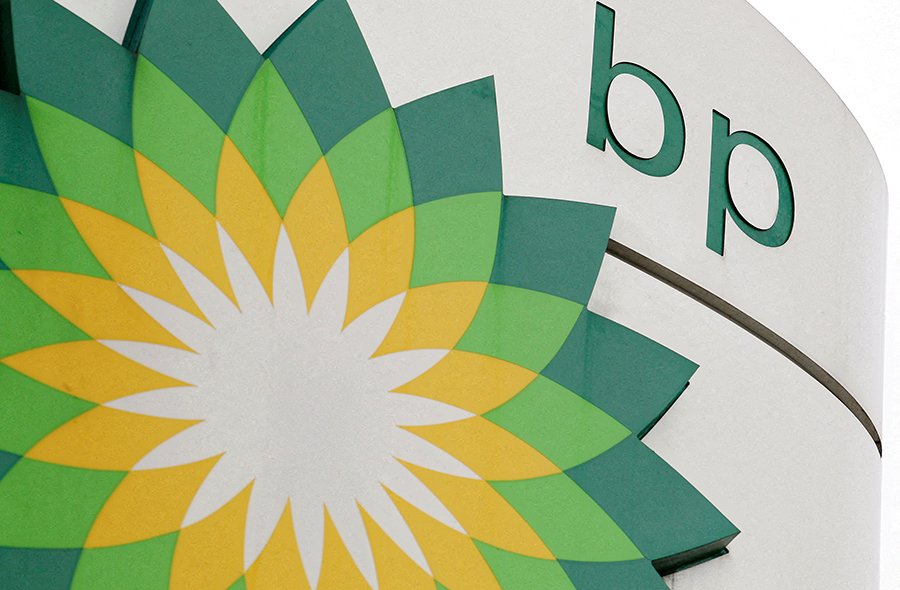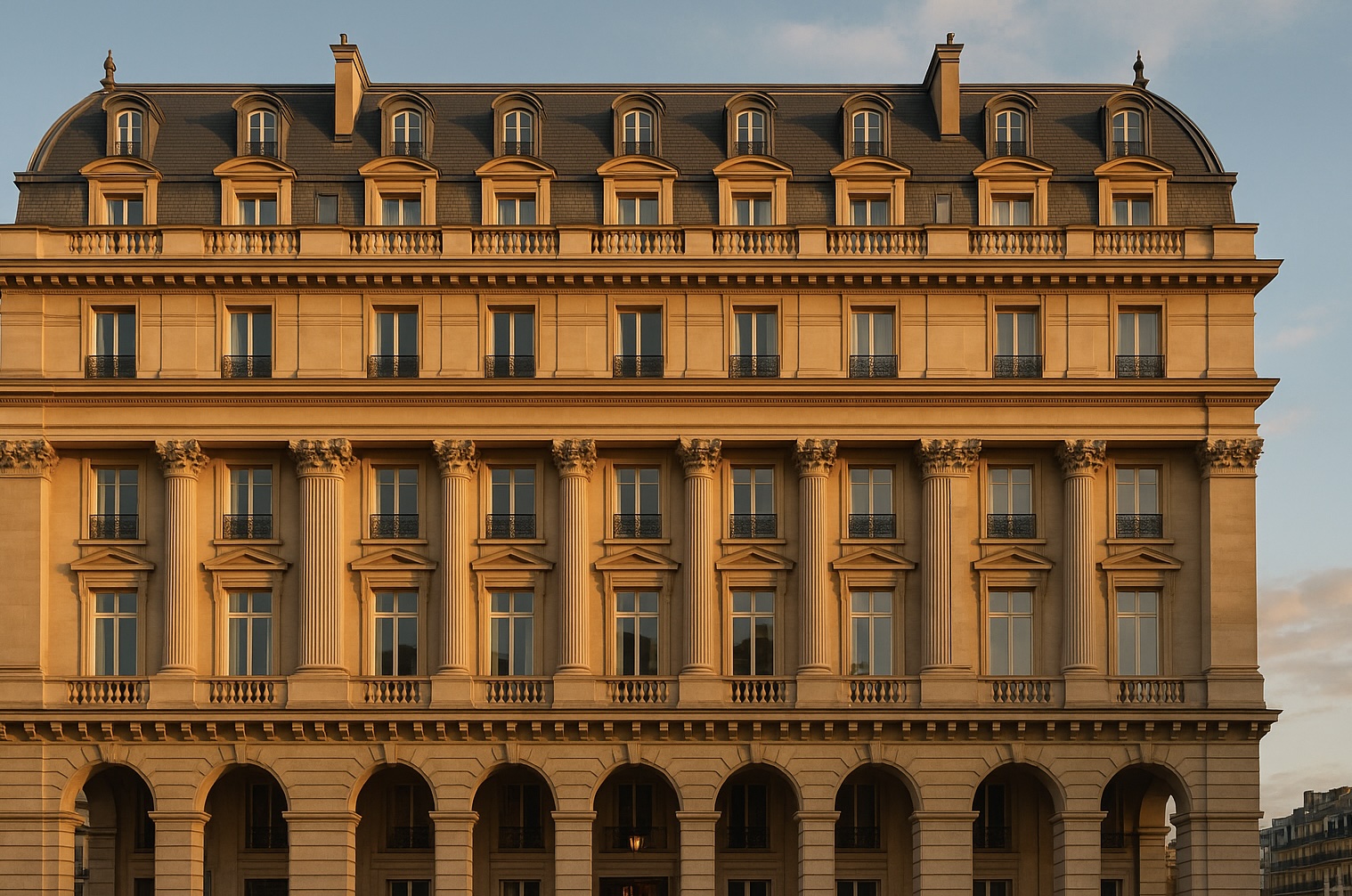читайте также
 Spain’s Real Estate: Record Prices and Falling Yields
Spain’s Real Estate: Record Prices and Falling Yields
 Fuel crisis at Seattle Airport: the Olympic Pipeline outage has disrupted supplies
Fuel crisis at Seattle Airport: the Olympic Pipeline outage has disrupted supplies
 European Hotel Construction Market Breaks Records: Upper Upscale Segment Reaches New Heights
European Hotel Construction Market Breaks Records: Upper Upscale Segment Reaches New Heights
 Middle East Hotel Construction Pipeline Hits Record High: 659 Projects and 163,816 Rooms Under Development
Middle East Hotel Construction Pipeline Hits Record High: 659 Projects and 163,816 Rooms Under Development
 New Rules for Greece’s Golden Visa: What Changes for Investors
New Rules for Greece’s Golden Visa: What Changes for Investors
 Holiday Travel 2025: Less Spending, More Generational Shifts — Deloitte’s New Forecast
Holiday Travel 2025: Less Spending, More Generational Shifts — Deloitte’s New Forecast
Exchange Rates and Real Estate Returns: Calculations for Investors

Photo: Goodfon
The new sanctions imposed by the United States and the European Union are increasing pressure on Russia’s economy and currency market. Analysts do not rule out exchange rate fluctuations but do not expect any sharp changes. At the same time, the dollar remains a reliable benchmark for investors and private depositors, reports Moskovskaya Gazeta. Market volatility has a negative impact on real estate investments: growth in returns is observed only in ruble terms.
Where to Keep Savings
Political analyst and adviser to the Moscow government Roman Sinitsyn notes that sanctions and new restrictions are reducing the inflow of foreign currency into the country and increasing pressure on the exchange rate, forcing companies to switch to settlements in yuan, rupees, and through intermediary schemes. The direct inclusion of the largest oil companies on the blocking list is unprecedented in scale, and another spike in volatility is possible. However, experts believe that the situation as a whole is not comparable to the 2022 crisis. Sinitsyn points out that emotional currency purchases during periods of uncertainty are often made at inflated rates, while the market usually corrects itself partially afterward.
Consultant on strategic and crisis management and CEO of Vmeste.PRO Olesya Berezhnaya believes that the allocation of savings between the ruble and foreign currencies should depend on the investor’s goals. In her opinion, keeping part of one’s funds in foreign currency is justified when planning travel or major expenses abroad, as well as within an overall asset protection strategy.
Political analyst and member of the Public Council under the Ministry of Science and Higher Education of the Russian Federation Inna Litvinenko believes that by the end of 2025, the dollar exchange rate may reach 95–96 rubles. This will result from further strengthening of sanctions pressure on Russian companies and their assets. Professor of the Department of Taxes and Tax Administration at the Financial University under the Government of the Russian Federation Natalya Ruban-Lazareva notes that foreign currency investments should be viewed as part of a diversified portfolio. “Before investing in foreign currency, it is important to assess the risks, financial capacity, and alternative investment options,” she emphasized.
Real Estate Profitability
Ruble volatility negatively affects investors’ returns in the property market. In 2025, the gross yield of long-term rental apartments in major Russian cities averages 5–7% annually, with a payback period of 13–17 years. On the surface, this looks acceptable, but when recalculated into foreign currency, the result is much weaker. Over the past decade, the ruble has fallen from around 30 per dollar to 60–70, at times exceeding 100, effectively eroding most of the profit — and sometimes the capital itself.
Profitability in Numbers
Let’s take an apartment worth 6.8 million rubles. If fully rented out, it can bring in 6.5% or 442,000 rubles a year. However, reality is usually less optimistic.
By exchange rate scenario:
Stable ruble — 6.5% in ₽ ≈ 6.5% in $. Maintenance, taxes, and vacancies reduce net yield to around 3–4%.
20% annual depreciation — ruble income stays the same, but dollar purchasing power falls 20%, cutting real returns by 13.5%.
40% depreciation over three years — average annual dollar yield becomes zero or negative. Meanwhile, reinvestments in furniture or repairs rise in dollar terms and wear out physically.
Thus, real estate returns seem acceptable only in ruble terms. In dollar terms, results are weaker than foreign deposits, with higher risks and maintenance costs. Ruble strengthening phases alternate with depreciation cycles — and long-term ruble assets often lose 30–50% of value in dollar terms. For investors aiming to preserve capital in hard currency, this poses a serious risk.
Alternative: Georgia’s Hotel Complexes
Hotel investments in Georgia offer an alternative with returns fixed in U.S. dollars. The country’s steady tourism growth supports high occupancy rates and regular payouts, minimizing currency risks and relieving owners from operational management.
Income in USD eliminates ruble dependency — the key weakness of Russian rentals. Management companies handle pricing, booking, and services under international brand standards, keeping occupancy near 80% even off-season. Ownership registration through the Public Service Hall takes just a few days, and foreign buyers, including Russians, face no restrictions or visa barriers (up to one year visa-free stay).
Example Case
The Wyndham Grand Batumi Gonio resort represents Georgia’s premium hotel real estate. Managed by Aimbridge Hospitality — a global operator with over 1,500 properties — it offers owners guaranteed annual yields of 10% in USD, with growth potential up to 17%. Strong tourism inflows and limited premium supply support high occupancy and daily rates (ADR).
Batumi is solidifying its status as Georgia’s key resort hub: inbound tourism has grown over 30% in the past three years, and infrastructure continues to expand. However, “guaranteed” returns always depend on contract terms and management performance. Buyers should examine financial safeguards and payout schedules carefully.
Comparing Ruble Rentals and Georgian Residences
Investors can evaluate both models using four key factors:
Income currency — ruble-based with exchange risk in Russia; dollar-based in Georgia.
Operations — self-managed apartments in Russia vs. 24/7 brand-standard management in Georgia.
Income stability — long-term rentals depend on local demand; resort returns depend on occupancy × ADR.
Legal simplicity — property registration in Georgia is fast, transparent, and open to foreigners.
Investor Checklist
For Russia (rental apartment): calculate net, not gross yield. Include 1–2 months vacancy and 1–2% capital expenses annually. Stress-test against 20–30% ruble depreciation to see the real return in USD.
For Georgia (hotel residence): request a financial model with ADR, occupancy, GOP, NOI, and fees. Verify the operator’s brand, track record, and SLA/KPI terms. Check contracts for guaranteed returns, escrow, and penalties. Calculate IRR in USD including taxes and entry/exit costs. Assess ownership rights and encumbrances.
Sometimes rental real estate in Russia can deliver positive outcomes — but only with perfect timing and premium location. That success depends more on luck than stability. By contrast, Georgia’s double-digit yields rely on consistent tourism growth, strong management, and limited quality supply. Still, declared percentages depend on individual contracts and shouldn’t be viewed as a market standard.
Подсказки: investment, real estate, currency, ruble, dollar, Georgia, tourism, rental income, economics, finance





